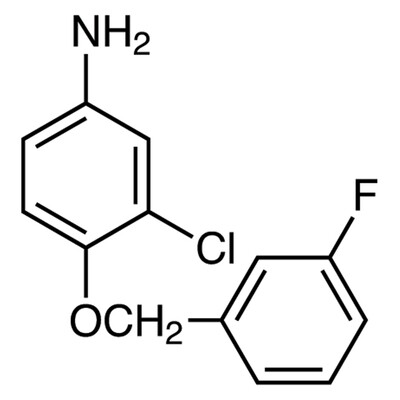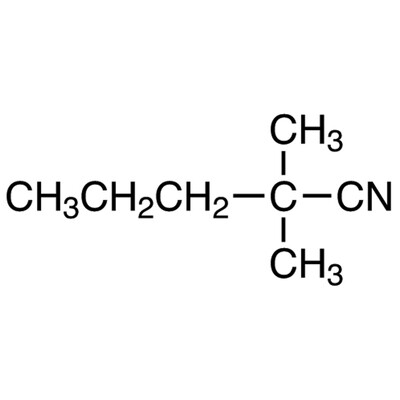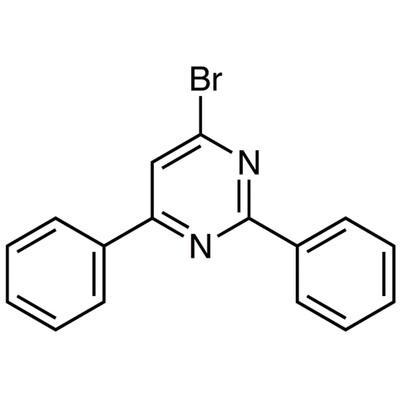Sodium pyrophosphate, anhydrous 1 g
SKU 007087-1
€ 56,43
In stock
1
Save this product for later
Sodium pyrophosphate, anhydrous 1 g
Product Details
CAS number: 7722-88-5
Chemical formulas: Na4P2O7/ F.W. 265.95/ powder
Cation: Na
Packaging: 1 g
EAN: 8721028252043
Brand: Laboratoriumdiscounter
Sodium pyrophosphate, anhydrous, is a versatile chemical compound commonly used in various industries. With its unique properties, it serves as an effective emulsifier, stabilizer, and buffering agent. This white crystalline powder is widely employed in food processing, pharmaceuticals, and water treatment. Its ability to enhance texture, preserve freshness, and regulate pH levels makes it an essential ingredient in many products. Discover the diverse applications and benefits of sodium pyrophosphate, anhydrous, and unlock its potential in your industry.
When working with Sodium pyrophosphate, anhydrous, it is important to follow safety precautions to ensure your well-being and prevent any accidents. Here are some short safety instructions to keep in mind: 1. Personal Protective Equipment (PPE): Always wear appropriate PPE, including safety goggles, gloves, and a lab coat or protective clothing, to protect your eyes, skin, and body from potential contact with the chemical. 2. Ventilation: Work in a well-ventilated area or use a fume hood to prevent the accumulation of any harmful vapors or dust. Sodium pyrophosphate, anhydrous may release irritating or toxic fumes when heated or exposed to moisture. 3. Handling and Storage: Handle the chemical with care, avoiding any direct contact with your skin or eyes. Store it in a cool, dry place away from incompatible substances, such as strong acids or oxidizers. 4. Spill and Leak Response: In case of a spill or leak, contain the material and prevent it from spreading. Use appropriate absorbent materials, such as sand or vermiculite, to clean up the spill. Dispose of the waste according to local regulations. 5. Fire Safety: Sodium pyrophosphate, anhydrous is not flammable, but it may release irritating or toxic fumes when exposed to high temperatures. In case of a fire involving this chemical, use appropriate extinguishing agents, such as carbon dioxide or dry chemical powder. 6. First Aid: In case of accidental exposure or ingestion, seek medical attention immediately. Rinse affected areas with plenty of water and remove contaminated clothing. Do not induce vomiting unless directed by medical professionals. Remember, these are just general safety instructions, and it is essential to consult the specific safety data sheet (SDS) and follow the guidelines provided by the manufacturer for the proper handling and use of Sodium pyrophosphate, anhydrous.
Please note, not all safety data for this product is available on our website, for a complete list of P en H sentences and other safety instructions please request the MSDS at our customer service
You May Also Like

(2-Chloro-benzyl)-methyl-amine, 97.0%, 2.5g
(2-Chloro-benzyl)-methyl-amine, 97.0%, 2.5g
SKU F060304-2.5G
€ 52,80
Display prices in:EUR



![(R)-2-(Benzo[b]thiophen-2-yl)-4-benzyl-4,5-dihydrooxazole, 97%, 1g (R)-2-(Benzo[b]thiophen-2-yl)-4-benzyl-4,5-dihydrooxazole, 97%, 1g](https://d2j6dbq0eux0bg.cloudfront.net/images/88473019/4763136591.png)








